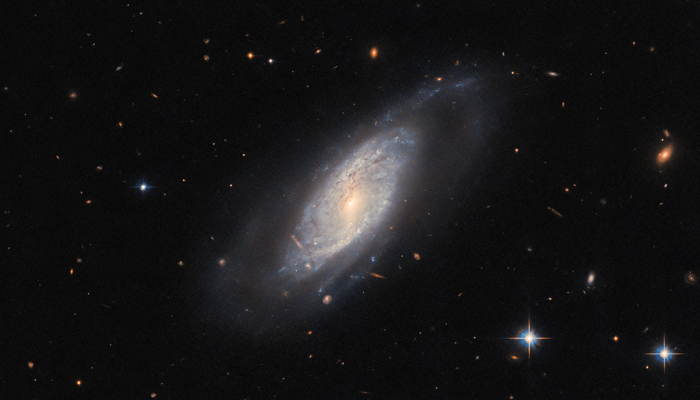Spitzer Space Telescope uncovers feast of supermassive black hole
Scientists reveal how supermassive black hole feasts
May 12, 2024

Gazing deep into space, scientists using now-retired Spitzer Space Telescope explained something mysterious about a supermassive black hole 2.5 million light-years away that is billion times heavier than our sun.
The new findings published in the Astronomical Journal, and quoted by Space.com suggested that there were large streams of gas and dust headed toward a supermassive black hole located at the centre of Andromeda galaxy.
According to the report, the cosmic feast by such a massive black hole happens quietly.
Such giants have earlier been identified, feeding on large cosmic matter but the food of other black holes such as this one was unknown.
The findings noted that such black holes feed on large streams of gas at such a steady pace that their brightness fluctuates when they make a spiral around the giant eater.
The activity, according to Nasa, is similar to that of water coming down a drain.
"This is a great example of scientists re-examining archival data to reveal more about galaxy dynamics by comparing it to the latest computer simulations," study co-author Almudena Prieto, an astrophysicist at the Institute of Astrophysics of the Canary Islands and the University Observatory Munich, said in a statement.
"We have 20-year-old data telling us things we didn’t recognise in it when we first collected it."
The scientists concluded that the streams of matter must be at a steady pace with a particular size, otherwise the black hole would belch, transforming its luminosity.
The current findings challenged the belief that all giants eat nearby matter the same way.



